 | I was looking at the Bech32m adoption charts, which fixes a minor checksum vulnerability in the Bech32 addresses from the Segwit soft fork in 2017. Most of the largest exchanges still can't recognize Segwit v1 or Taproot addresses, and can't send to them. Here's the transaction breakdown on the Bitcoin network by combining Chart 1 and Chart 2:
Soft forks have their advantages, but apparently they also significantly slow down adoption for updates. Only 1% of addresses are using the new Bech32m format from the update 2 years ago. So much for Taproot adoption and fixing known vulnerabilities. The recent Ethereum merge and Cardano Vasil hard forks went well. Basically when the devs voted on the green light for mainnet, within a month, all nodes were updated. It was a clean update of the entire network. In comparison, the Bitcoin network is a mismatch of all sorts of different formats. All the legacy addresses are less efficient than the newer ones and cost more fees. And yet they're still widely used today. It's hard to keep track of all the different UTXO address formats still in use:
The P2PKH legacy transactions haven't even declined for the past year. Bitcoin's optional soft forks are really widespread adoption for newer updates. For comparison, EVM blockchains just have 1 type of address format. And if you have an account on one EVM blockchain, that address is instantly usable on every other EVM blockchain (e.g. Ethereum, Avalanche C-Chain, BSC, Polygon, Moonbeam, most Cosmos blockchains). [link] [comments] |

You can get bonuses upto $100 FREE BONUS when you:
💰 Install these recommended apps:
💲 SocialGood - 100% Crypto Back on Everyday Shopping
💲 xPortal - The DeFi For The Next Billion
💲 CryptoTab Browser - Lightweight, fast, and ready to mine!
💰 Register on these recommended exchanges:
🟡 Binance🟡 Bitfinex🟡 Bitmart🟡 Bittrex🟡 Bitget
🟡 CoinEx🟡 Crypto.com🟡 Gate.io🟡 Huobi🟡 Kucoin.











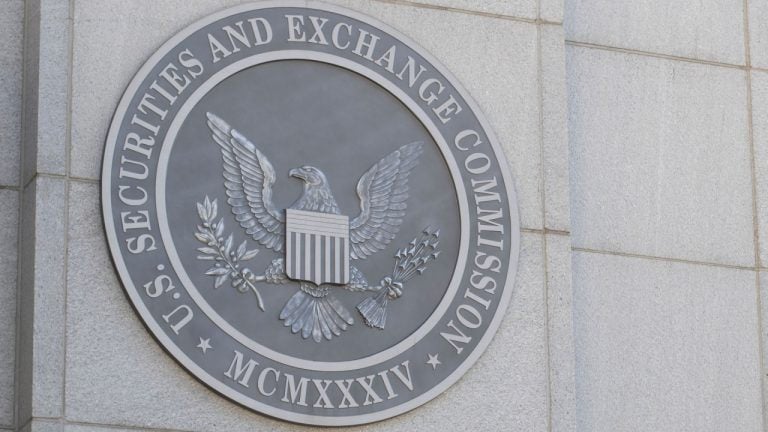
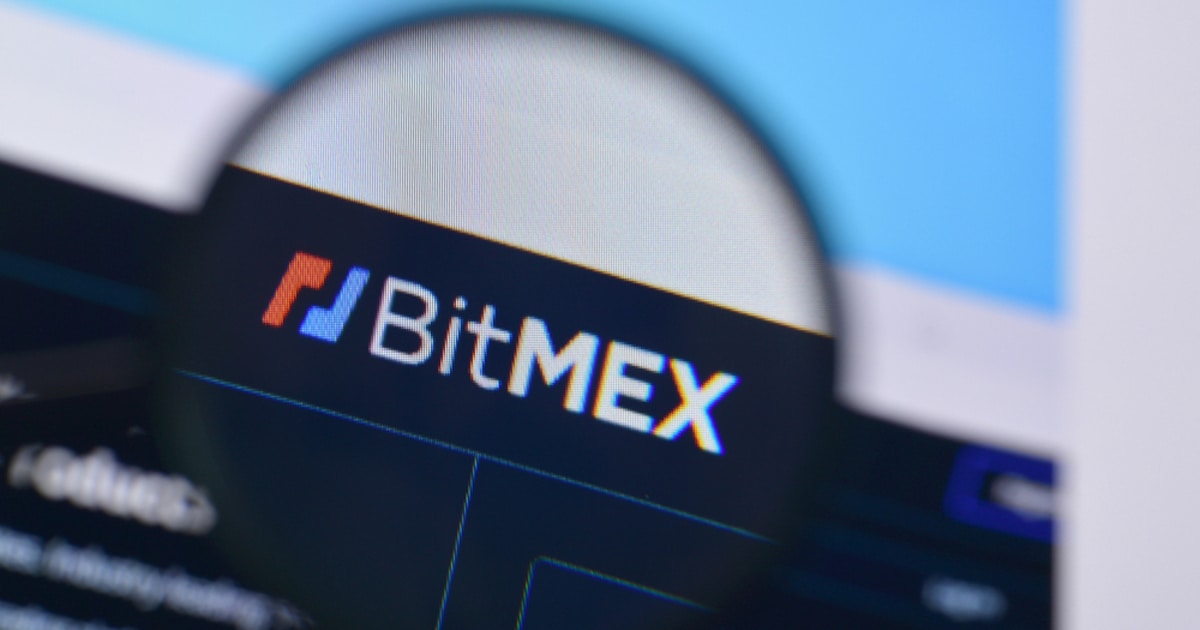
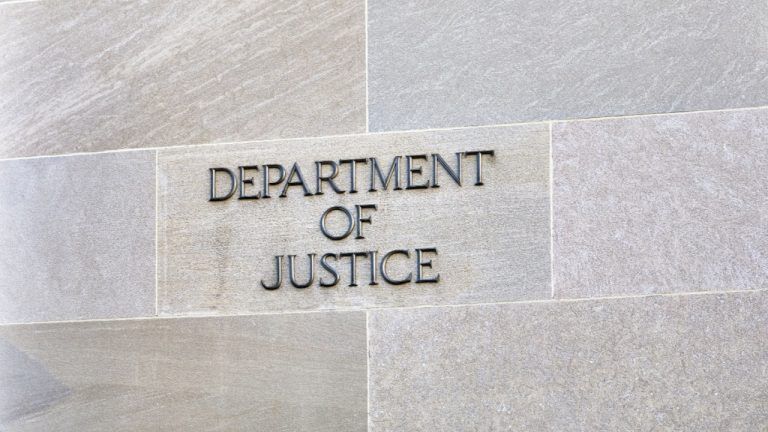
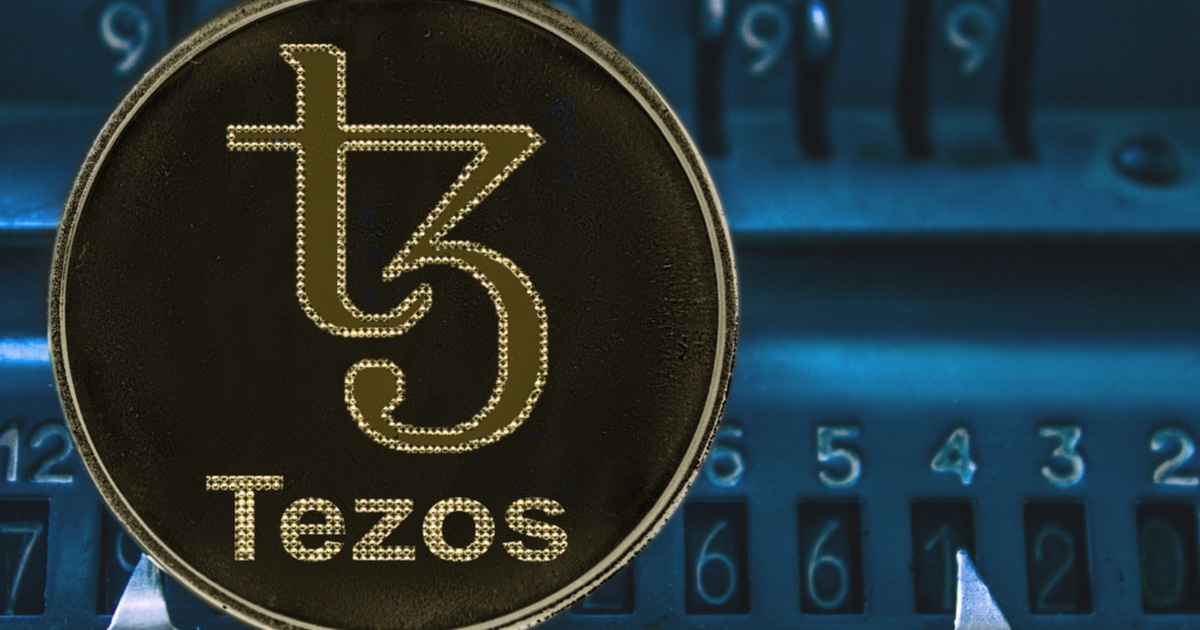



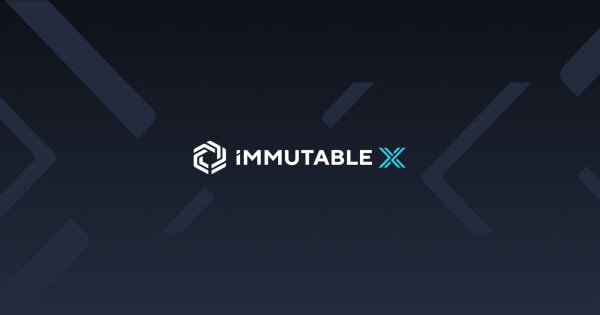

Comments